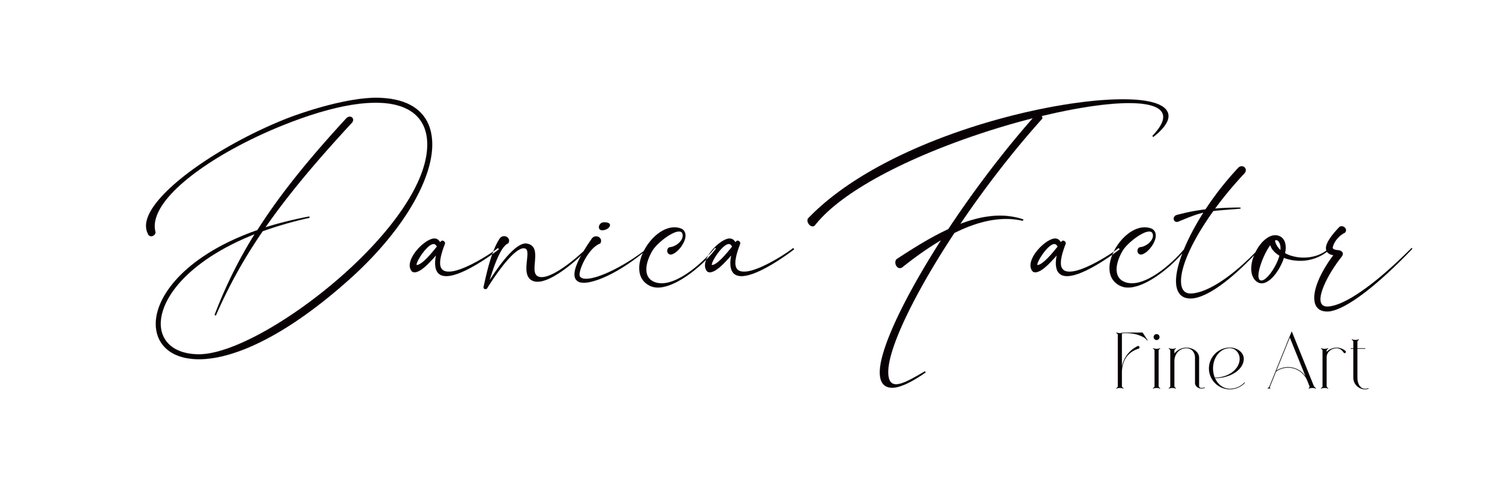Learnings from the Suffrage Movement
Part 2: Organizing for Woman’s Rights
In 1848, the Seneca Falls Convention marked one of the first conventions held specifically for the discussion of women’s rights in America. Organized by Elizabeth Cady Stanton and Lucretia Mott, the convention brought together 300 brave women to determine a path forward for basic women’s rights.
During the time of the convention, women were considered the legal entity of their husband. They were denied basic rights including; land ownership, ability to have a bank account, control their income and to have custody of their children in the event of a divorce.
Elizabeth Cady Stanton shocked everyone at the convention when she broadly declared women would never have basic rights if women did not also have the right to vote.
“THE WORLD HAS NEVER YET SEEN A TRULY GREAT AND VIRTUOUS NATION, BECAUSE IN THE DEGREDATION OF WOMEN, THE VERY FOUNTAINS OF LIFE ARE POISED AT THEIR SOURCE.”
Though many did not want to include this broad proclamation in the convention’s work, at the end of the meeting, the delegates issued the Declaration of Sentiments, demanding that women be recognized as equal citizens and have the right to vote.
Their call for basic rights and suffrage was radical, brave, and necessary.
The following year, in 1849, at the State Convention of Colored Citizens of Ohio, women of color voiced their opinions are well, calling for better rights for themselves, more involvement in politics and the convention. Frederick Douglas, a well know abolitionist activist shocked the group, when he too sided with women and proclaimed they deserved rights like any other citizen. The convention began to include new agenda items focused on women’s rights; such as Frederick Douglas’ daughter being supported for entry into a college she was turned away from because of her gender and color.
Around the US, women began organizing and focusing on developing goals for improved women’s right. The stories of these women coming together teaches us the power of collective goal setting and declaring with clarity what you want. They were able to use their “Declaration of Sentiments” or other formal writing in other conventions to put a clear mission in place to begin to design the best ways to move forward. Without the collective coming together and writing down goals, the movement would not have helped shift cultural expectations of the day.
“When We Come Together”
(C) Danica Factor
The collective coming together of women around the nation and in different communities, inspired my latest piece calls; “When We Come Together.” The papers in the piece are from actual vintage papers from 1909, the year the suffrage movement began to truly organized across the world. Black and white papers were interwoven into the piece as a way to represent all women that got involved in this incredible movement and had the bravery to speak out. The sunflowers are a nod to the women, who used this flower as a symbol of their activism.
If you would like to see a making of this piece, feel free to click here.
Thank you SO much as always for supporting my art and elevating women’s stories!
Danica




